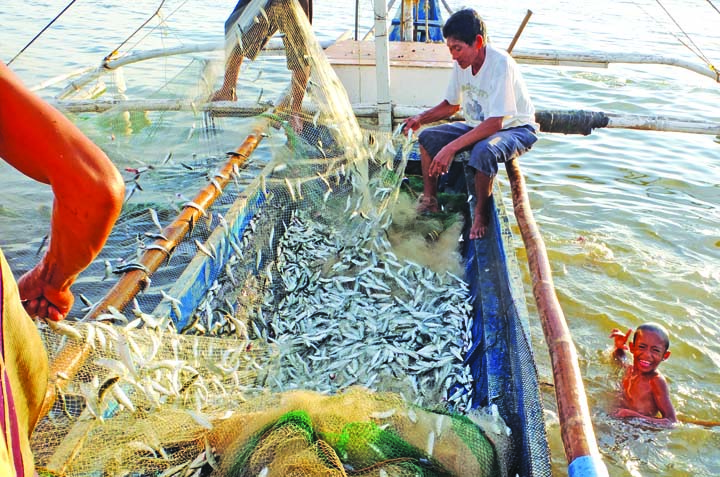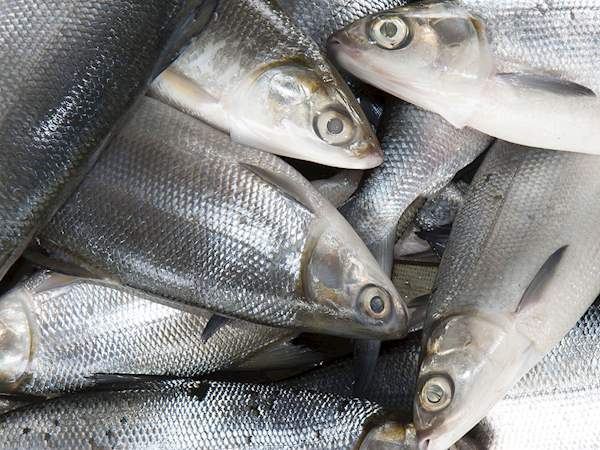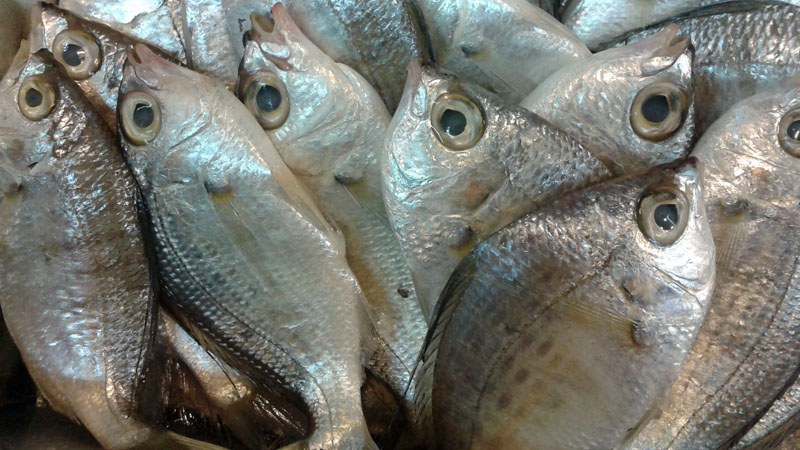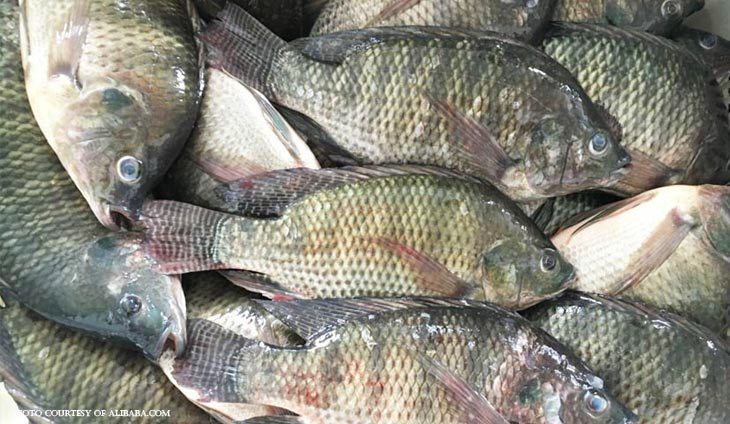After the erupting of the Taal volcano, many Filipino livelihood has been destroyed and hard to get by because of the ash fall. The eruption has affected nearly 17,000 hectares and 43,700 metric tons (MT) of produce. So far, the total losses in the agriculture sector have already amounted to ₱3.23 billion, with fisheries suffering almost half of the damage.
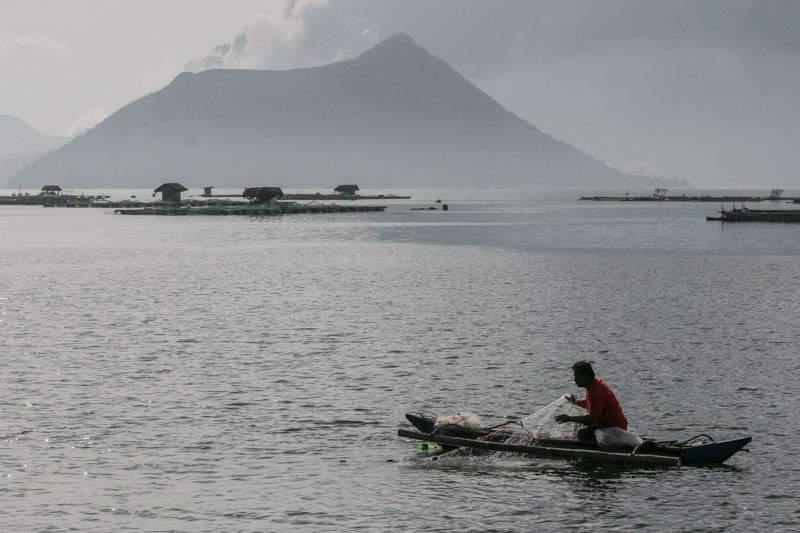
But it seems that the condition of the surrounding water around Taal is able to sustain the growth and survival of fishes.
According to tests conducted by the the Bureau of Fisheries and Aquatic Resources (BFAR) from January 14 to 30 revealed that the level of dissolved oxygen have improved. Which is essential for fish to survive and grow.
BFAR Calabarzon director Sammy Malvas said Taal water quality tests also showed that the sulfide level is within normal. It means that the ash and sulfur have minimal effect on the fish despite the eruption of Taal volcano. Thus, BFAR will continue to conduct water quality monitoring and ensure fish cage operators are properly advised and provided needed technical assistance.
Before the eruption of the Taal volcano, the daily harvest from the lake ranged from 120 to 150 MT of Bangus (Milkfish) and Tilapia. With a total fish production from the 6,000 cages reached more than 50,000 MT annually.
Of the total volume, about 60 percent is consumed in Batangas, Cavite, Laguna and Quezon. The remaining 40 percent is sent to Metro Manila and sold through the PFDA Fishport Complex in Navotas City.
BFAR has already prepared immediate assistance of seven million fingerlings for Tilapia, 20,000 for Ulang (Lobster), 50,000 for Hito (Catfish), 100,000 for Bighead Carp, and 5,000 for Ayungin (Silver Perch), once aquaculture operation in the lake is ready to resume.
Sources: The Philippine Star, wikipedia.com
Photo Sources: hpilstar, businessmirror, foodevolution, tasteatlas
